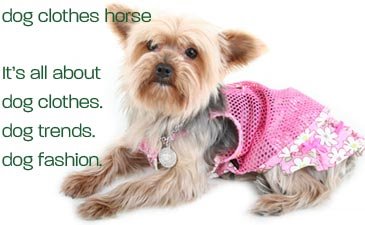Don't Allow Fireworks to Make Your Pet Anxious
 Independence Day is a day for family get-togethers and fireworks. But Bob Schultheis, a natural resource engineering specialist with University of Missouri Extension, advises families to leave their pets at home when going to crowded summer events. Schultheis suggests the following safety tips for managing pets around crowds and fireworks:
Independence Day is a day for family get-togethers and fireworks. But Bob Schultheis, a natural resource engineering specialist with University of Missouri Extension, advises families to leave their pets at home when going to crowded summer events. Schultheis suggests the following safety tips for managing pets around crowds and fireworks:
* Many pets are not used to large crowds and a lot of noise. The noise and commotion can be extremely frightening. "If you are hosting a party or will have fireworks, have a safe quiet place to keep pets so they will not become frightened and hurt themselves. Fireworks, particularly, make pets very uncomfortable and agitated, and can hurt their very sensitive hearing,' said Schultheis.
* If you know your pet usually becomes scared by loud noises, like thunderstorms, Schultheis recommends putting the pet in the quietest room of the house, with soothing music playing, to help them alleviate any anxiety caused by exploding fireworks. "If you are home with your dog during a fireworks display or thunderstorm, do not try to comfort them. That tells them that they have reason to be frightened. Turn up the radio to help drown out the noise and put lots of lights on so that the flashes are less noticeable. Act normally, keeping your voice light and unconcerned," said Schultheis.
* Never tie dogs outside because it increases their anxiety, Schultheis said. "Don't leave your outdoor pets unattended, even in a fenced yard. The chaos may cause them to panic and hurt themselves trying to escape. A scared animal is not careful, and many are hit by cars when running wildly away from something they think is dangerous," said Schultheis.
* It is also a good idea to be sure your pets are wearing proper identification in case they do become lost during an event. Identification tags will help your pet find its way home. Microchips are the most reliable form of identification.
* "Don't take your pet to a fireworks event and then leave it alone in a parked car. They may develop hyperthermia (increased body temperature) which is usually fatal," said Schultheis. Dogs and cats cannot perspire and can only release heat by panting, drooling and through the pads in their feet. Cars reach unsafe temperature levels (120 degrees Fahrenheit) quickly. Young, elderly or obese pets, and those with a dark-colored coat, are particularly at risk of overheating.
* "Keep your dog or cat hydrated and cool. Make sure they have access to water for drinking. Use a wet towel under the animal, air conditioning, a kiddie pool, or a fan in front of a pan of ice to keep the animal cool," said Schultheis.
[Source: News-Leader.com]

















